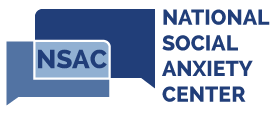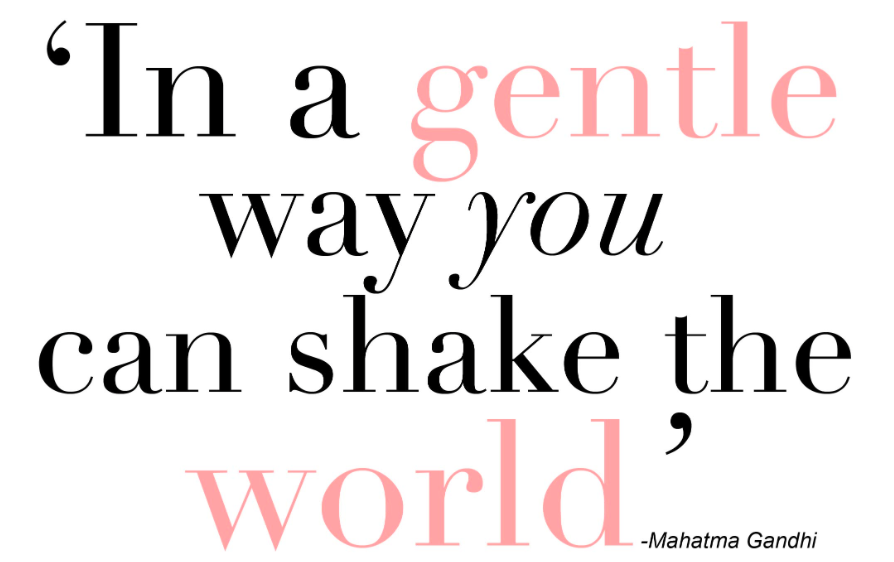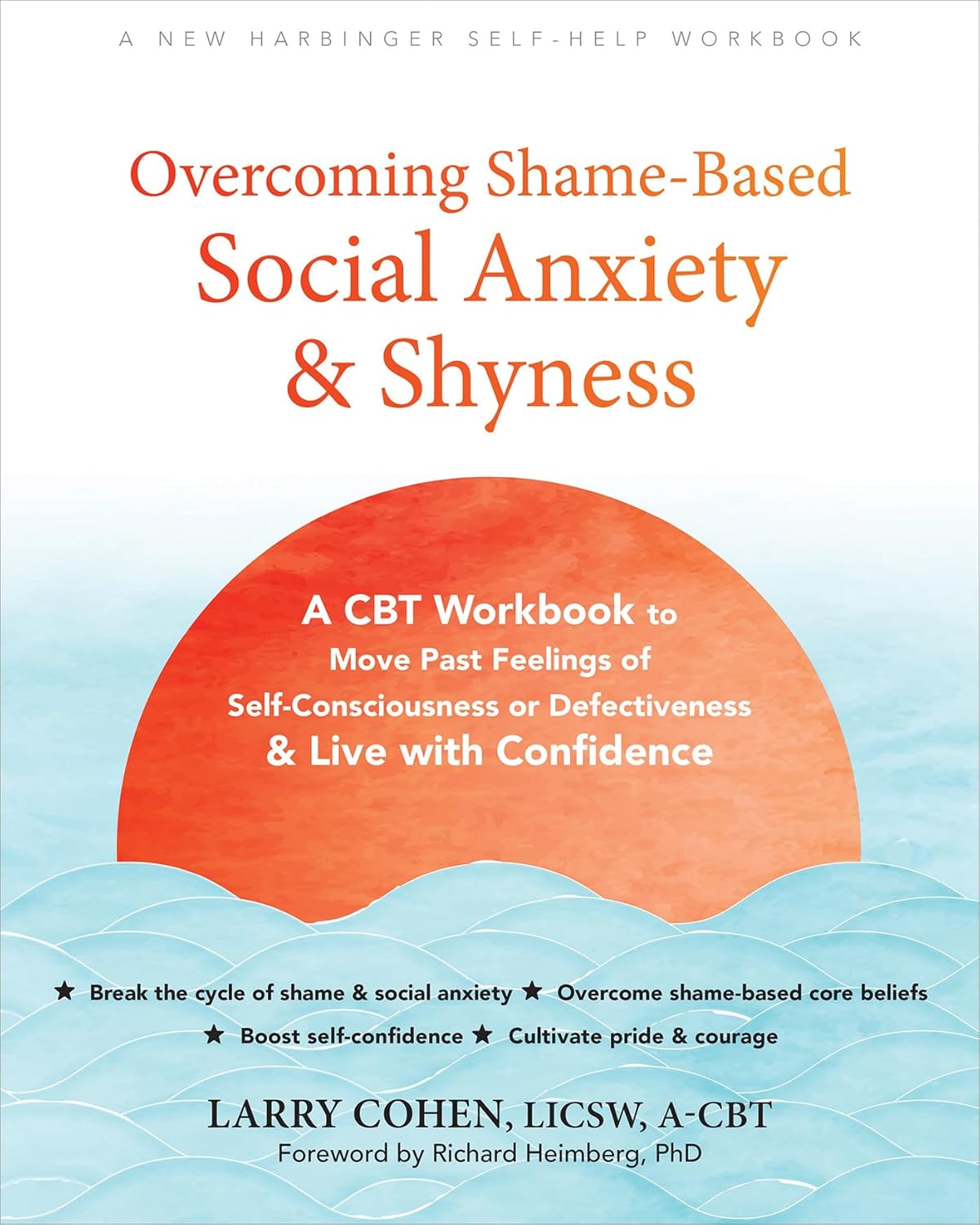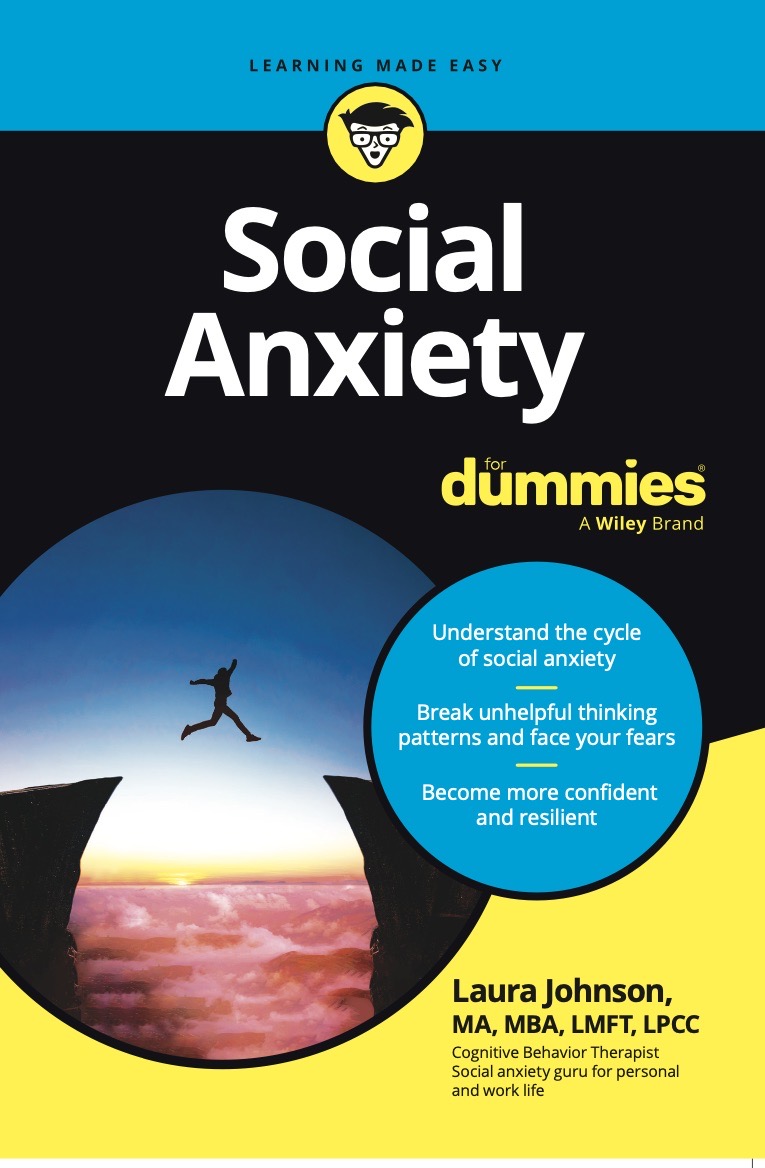Assertiveness is something that many people, with and without social anxiety, struggle with. Many people fear that being assertive means they will come across as pushy, selfish, or argumentative. Particularly for individuals with social anxiety, negative, harsh judgements such as being seen as mean or pushy, are something to be feared and avoided as much as possible.
Many people with social anxiety tend to take on a more passive communication style in favor of being viewed as nice, agreeable, and avoiding uncomfortable conflict or confrontation. However, by being more passive, we hold ourselves back from expressing our needs, desires, and interests. Developing assertiveness is key to building a life full of the career opportunities, relationships, and activities that make you feel more confident and satisfied.
Assertiveness: a Happy Medium
Many people experience discomfort and anxiety around the topic of being assertive because we lack a clear understanding of what it actually is. Assertiveness is not about pushing and arguing until you get what you want in a situation, but rather building effective back-and-forth communication that allows for the expression of the thoughts, feelings, and needs of both parties in the situation.
Being assertive is often confused with being aggressive. Aggressive communication is when we force our needs on others, ignoring their needs and rights as a person. The goal in aggressive communication is domination and winning. Speaking or shouting in a loud voice, using a sarcastic or condescending tone, and demeaning gestures such as excessive pointing, are typical signs in aggressive communication.
On the other hand, passive communication tends to consist more of behaviors such as avoiding eye contact, speaking in a soft voice, posing statements as questions to make them less direct, or laughing and making jokes to hide or soften the thing we are really trying to say. In passive communication, we focus solely on the desires of the other person and ignore our own needs and wants.
 Think of assertiveness as a happy medium between passive and aggressive communication. Assertiveness is a way of openly, calmly, and directly expressing your opinions and needs, while still actively listening to others before responding. Assertive behaviors include balanced eye contact, open body language, and a clear and direct tone of voice. The goal isn’t winning or giving in, but striving for a compromise between yourself and the other individual.
Think of assertiveness as a happy medium between passive and aggressive communication. Assertiveness is a way of openly, calmly, and directly expressing your opinions and needs, while still actively listening to others before responding. Assertive behaviors include balanced eye contact, open body language, and a clear and direct tone of voice. The goal isn’t winning or giving in, but striving for a compromise between yourself and the other individual.
The idea behind assertive communication is owning and taking responsibility for your thoughts and opinions, and stating them as your own. For example, by using “I statements” you clearly own and state what it is that you need or are asking for. We want to avoid blaming others and also diluting our statements behind questions or sarcasm.
Assertiveness isn’t about winning or being pushy and selfish. It’s a way of communicating that is honest, clear, and direct in stating your opinions and needs, while also listening to and respecting the needs of others. Using I statements, open body language, good eye contact, and a clear, direct tone of voice are helpful action items as you put this into practice.
And one of the best ways to start asserting yourself is through practice. Whether that’s at home in the mirror, with a therapist, or stepping outside your comfort zone and setting up your own behavioral experiments, starting where you are today is the first step towards overcoming social anxiety and building the life you want and deserve.
Written by,
Cara Kraft, LMFW
NSAC – New York











